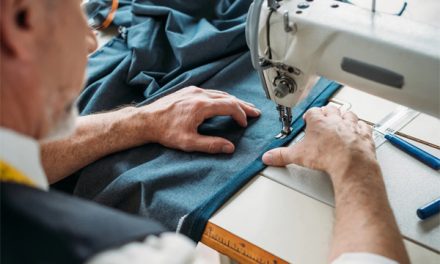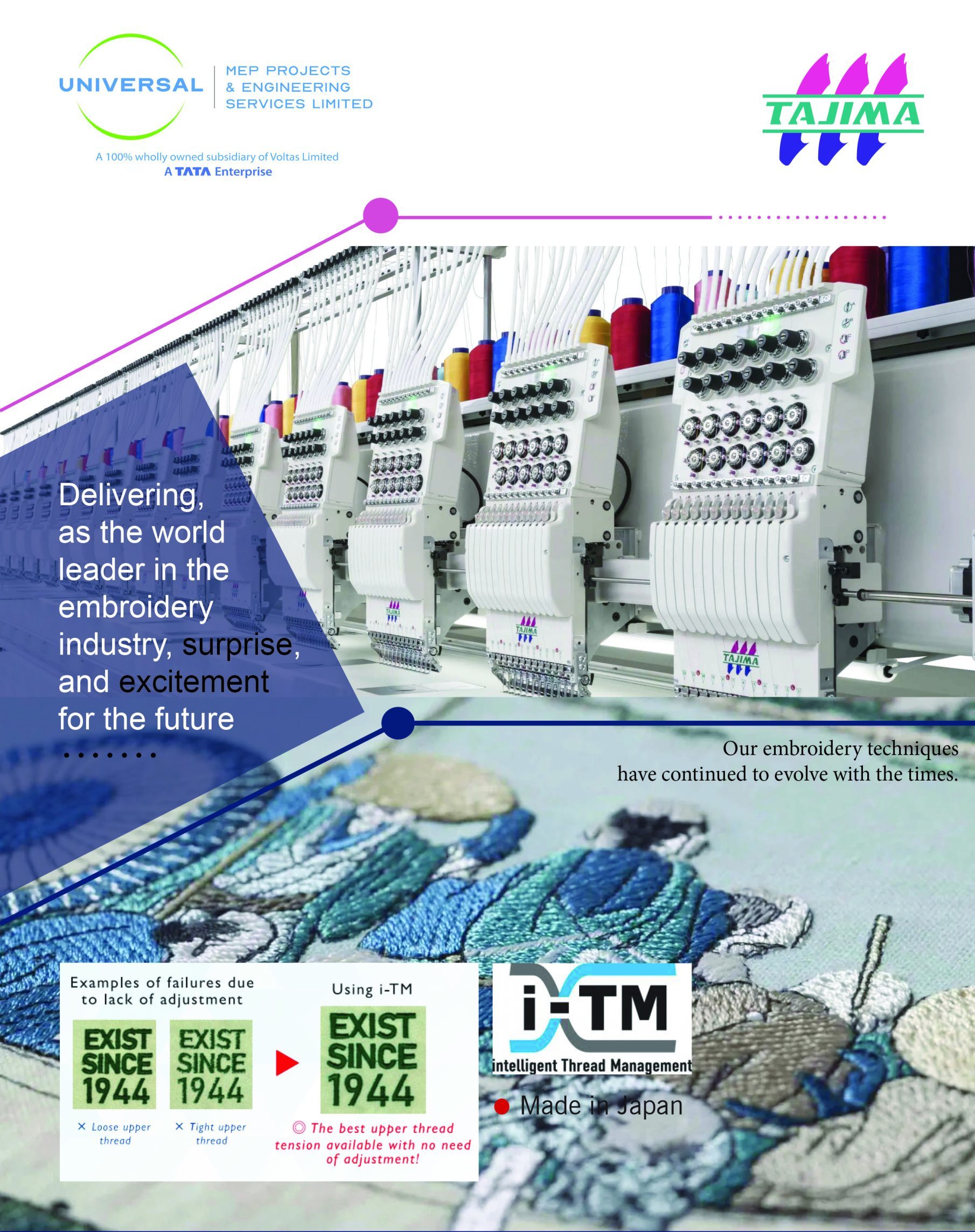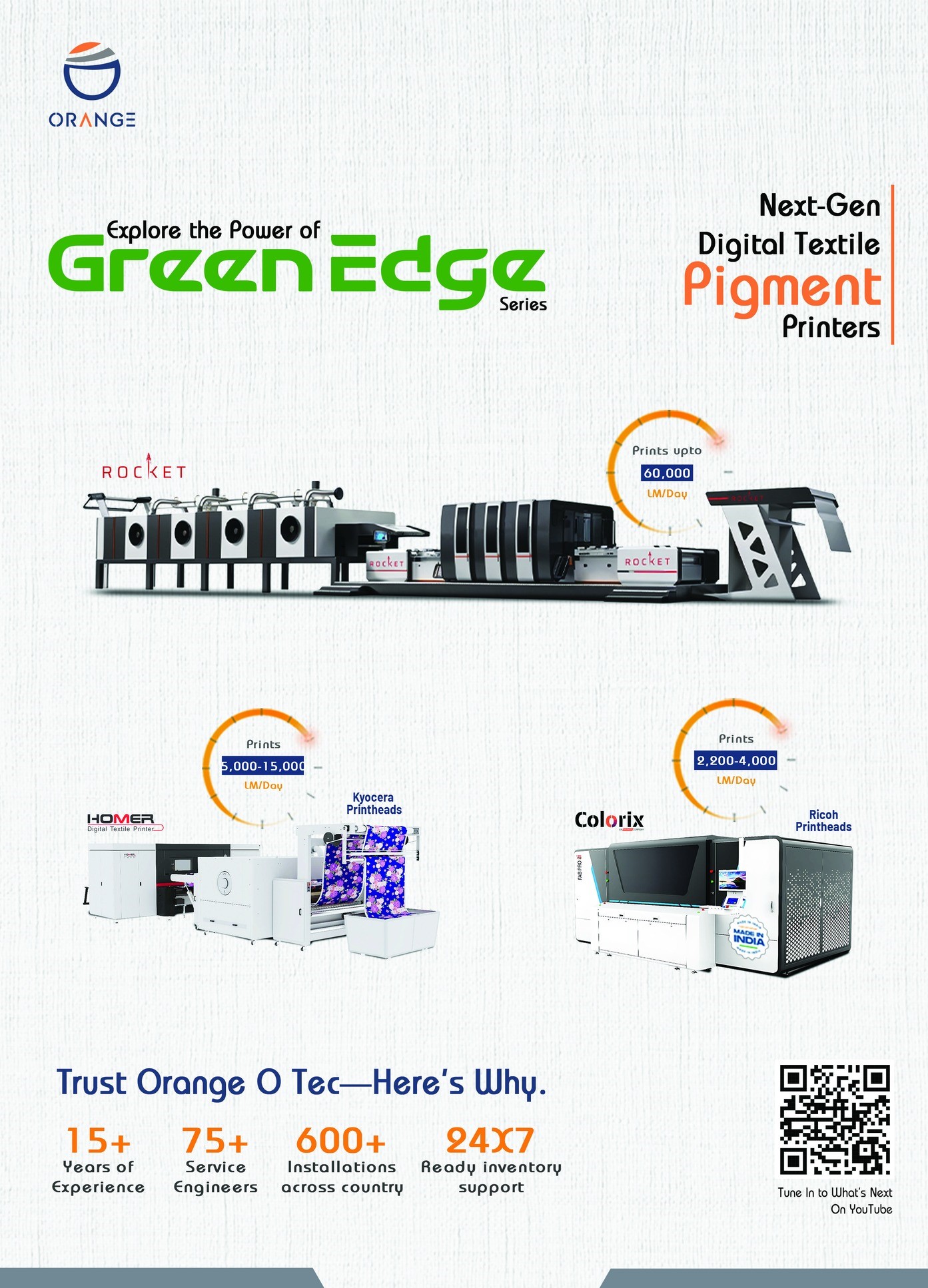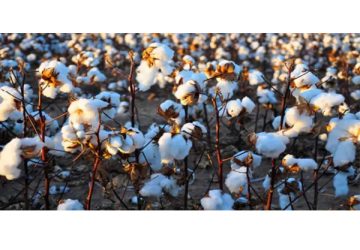
The textile industry is evolving rapidly, driven by sustainability, innovation, and performance needs and at the core of this transformation are textile auxiliaries. These essential chemicals play a key role in every stage of textile processing from pre-treatment and dyeing to printing and finishing. As global textile production scales up to meet rising demand in fashion, home furnishing, and technical textiles, the textile auxiliaries market is witnessing significant growth.
Growing Demand Across the Globe
The Textile Auxiliaries Industry size grow from 26.94 (USD Billion) in 2025 to 37.47 (USD Billion) by 2034. The Textile Auxiliaries Market CAGR (growth rate) is expected to be around 3.73% during the forecast period (2025 – 2034).
• Boom in Apparel and Fashion Industry: Fast fashion trends, e-commerce growth, and increasing consumer purchasing power in emerging economies such as India, Bangladesh, Vietnam, and China are driving textile production — hence accelerating demand for auxiliaries.
• Rising Technical Textiles Usage: From automotive and construction to medical applications, technical textiles are in high demand. These require specialized auxiliary chemicals to enhance performance like flame resistance, water repellence, and anti-microbial properties.
• Environmental Compliance and Sustainable Chemistry: There is a clear market shift toward eco-friendly, biodegradable, and low-VOC textile auxiliaries. Regulatory mandates in the EU, US, and other regions are pushing manufacturers to innovate greener alternatives.
Key Trends Shaping the Industry
1. Sustainable and Bio-based Auxiliaries: Brands are pushing for greener supply chains. Bio-based emulsifiers, low-impact wetting agents, and formaldehyde-free finishing agents are becoming industry standards.
2. Digital and Smart Finishes: Auxiliaries enabling conductive fabrics, UV protection, and self-cleaning textiles are gaining momentum, especially in fashion tech and sportswear.
3. Automation and Process Optimization: Advanced auxiliary formulations that reduce processing time, energy consumption, and water usage are increasingly preferred, aligning with the push for cost and environmental efficiency.
4. Regional Market Expansion: While Asia-Pacific dominates in production, Europe and North America lead in innovation and sustainable processing. Latin America and Africa are emerging as new frontiers for textile manufacturing and auxiliary consumption.
Industry Outlook
The textile auxiliaries industry is no longer just a support player — it’s becoming a critical enabler of innovation and sustainability in textiles. Manufacturers investing in R&D and sustainable solutions are well-positioned to capture future growth. Strategic collaborations with fashion brands, technical textile producers, and eco-certification bodies will shape the next phase of the market.
As the global textile industry continues to diversify and modernize, textile auxiliaries are set to play an even more vital role. Stakeholders from chemical companies to textile mills must embrace innovation, sustainability, and compliance to stay competitive in this evolving landscape.
(Source: https://www.marketresearchfuture.com/)
















